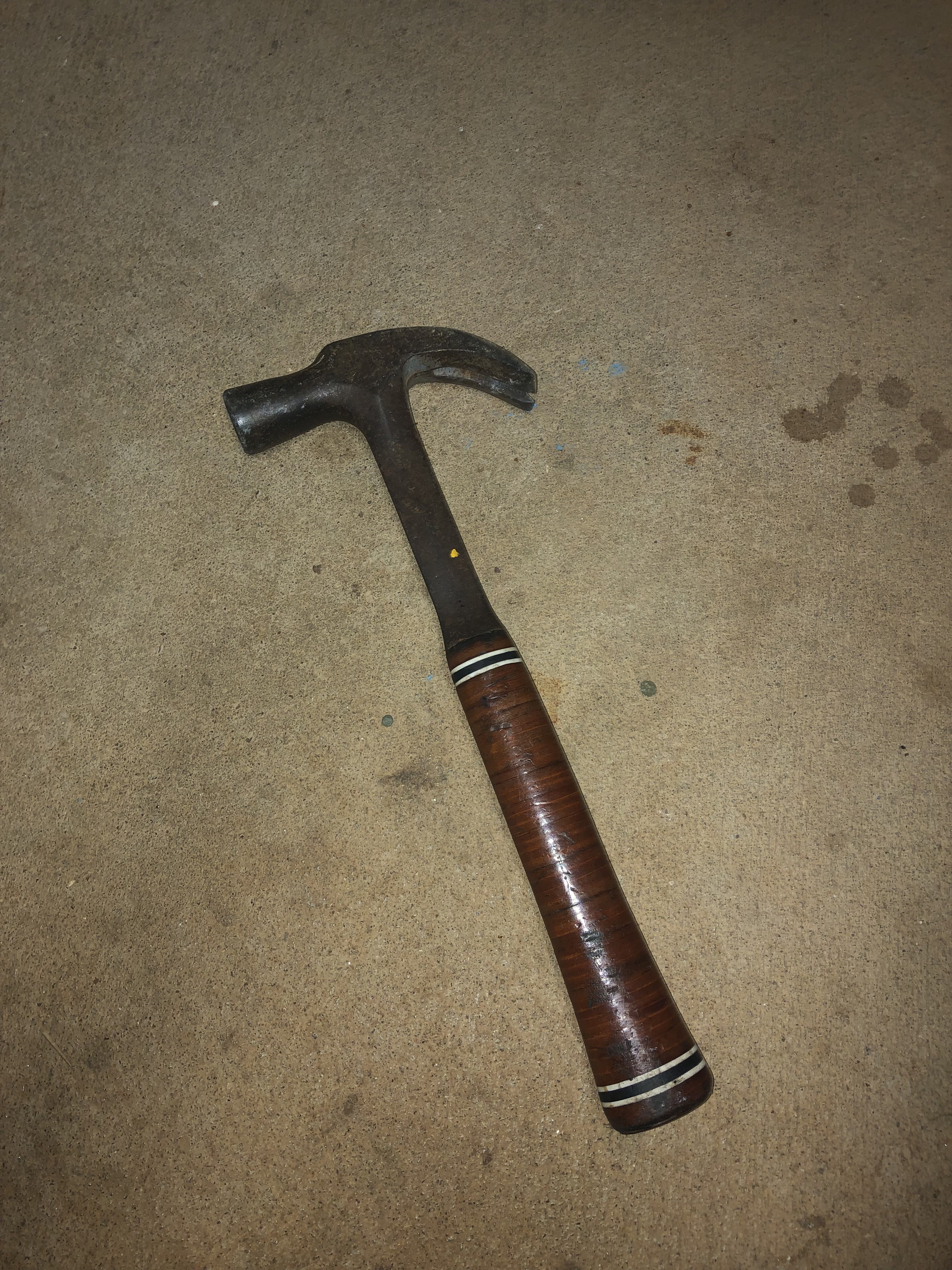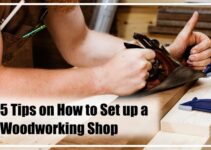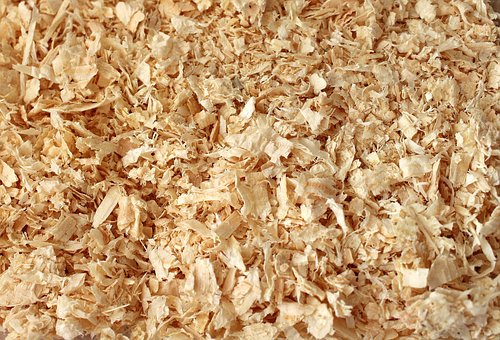Best Woodworking Tools For Beginners
What are the best woodworking tools for beginners which are essential in the woodworking workshop?
When looking to start woodworking it is important to get some woodworking hand tools.
Woodworking requires a collection of tools, even the traditional woodworkers will always use and go back to their hand tools.
I was only recently thinking of the basic woodworking tools that I got when I first started in the joinery shop all those years ago.
Luckily for me all the small and larger powered tools where supplied and in the woodworking shop that we worked out of.
Below are 17 Woodworking Tools for Beginners and some of the tools I acquired when I first started, these can be added to as your woodworking journey evolves and are great for small and large woodworking projects;
1. Carpenters Pencil
I know this one seems obvious, but I have put this in to make sure it gets onto your list (that you probably wrote with a pencil). A normal pencil may also be used for the finer pencil markings if you find that to be easier.
You can get bulk packs novelty or standard that will be more than enough to get started.
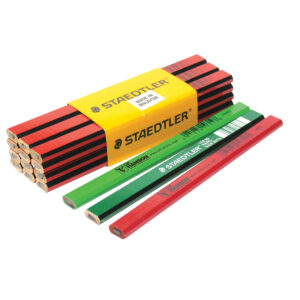
2. Folding Rule
The one I had was a timber rule that folded out to a meter long and then folded back to be 300mm long. These are handy as they can be folded up and put into your ruler pocket in your overalls or into the back pocket of your short or pants.
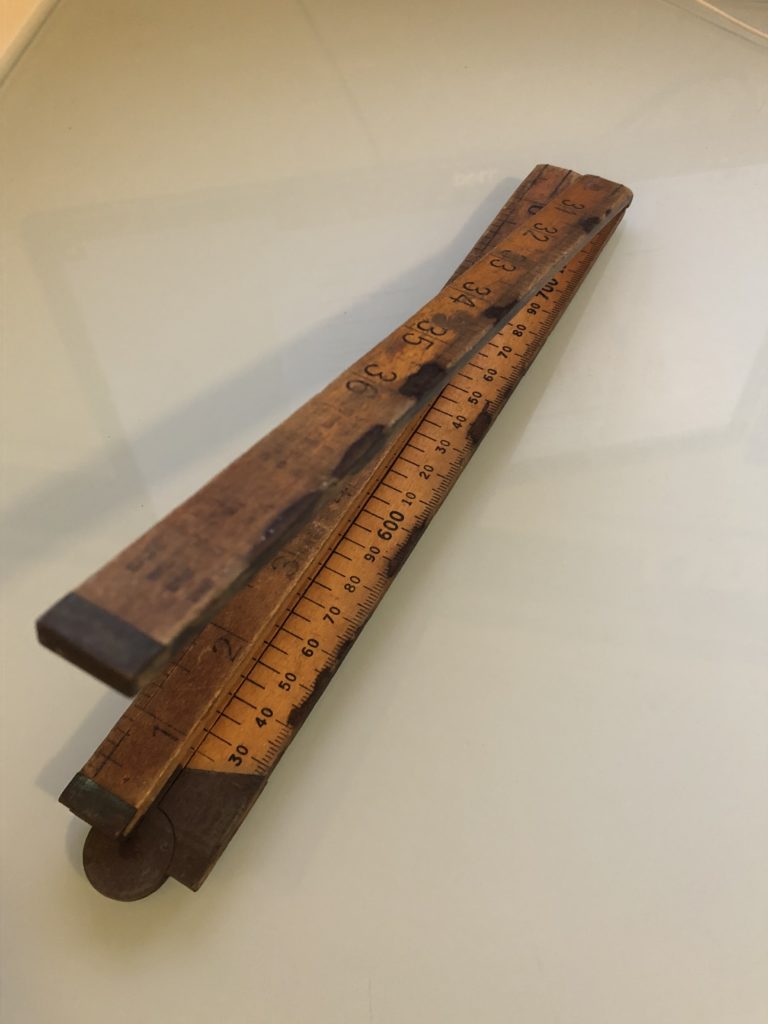
3. Combination square
These has a few different uses and a must have for any workshop. It can be used to check timber for square, measuring depth by sliding the ruler, drawing or scribing square and 45deg lines to the edge and drawing a line parallel to the edge.
Tip: to check that the Combination Square is accurate to 90deg you need to put the square (handle part) against the long edge of a piece of timber (to the left) and draw a line on the timber along the rule.
Turn over the square so that the handle section of the square is now on the right side (but on the same long edge of the timber) and draw a line on the timber along the previous line drawn.
If they run together then the square is square (90deg), if it runs out slightly then it is not square, you may need to choose another one or keep this in mind when using the square.
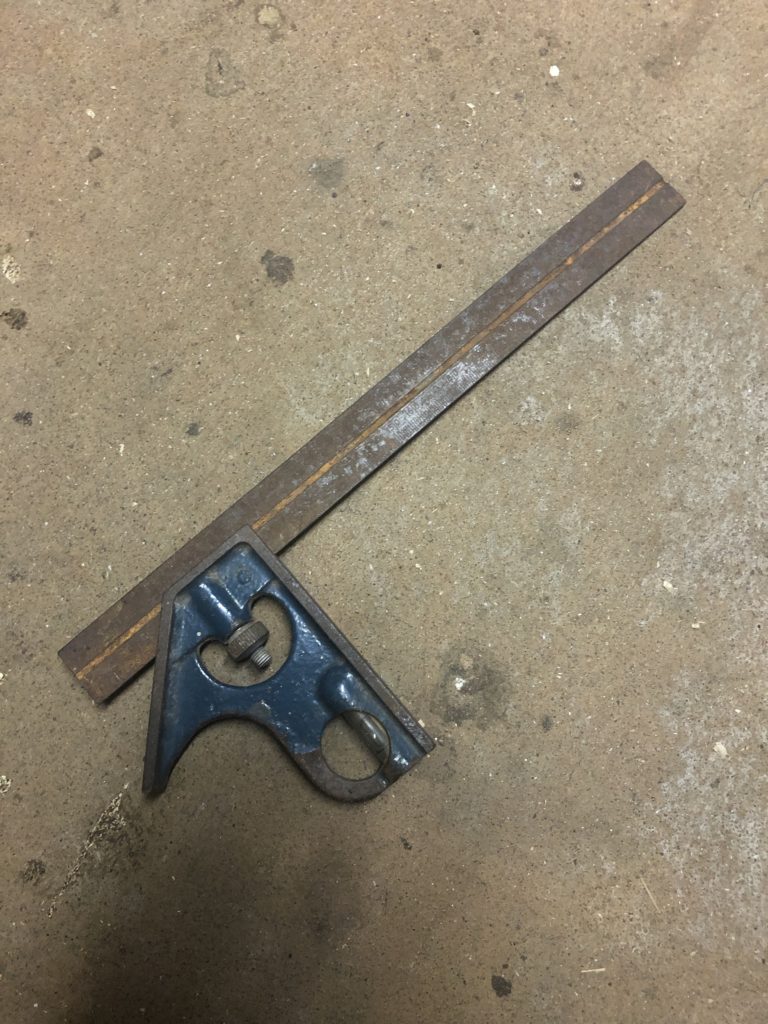
4. Measuring tape
There are several different types and sizes of measuring tapes. To start off it would be okay to get a smaller measuring tape for the smaller projects and detailed measuring.
However, they will be flimsier when measuring longer lengths and the numbers may be a bit small to see (it would be difficult to hold the measuring tape, pencil and magnifying glass).
Measuring tapes also get knocked about so if you can get a larger one, I would highly recommend that.
5. Sliding bevel
Sliding Bevels are used like a Combination Square only that they mark angle. They are used to transfer and setting angles.
6. Hammer
There are many different types of hammers but the ones I would recommend starting off with would be the Claw Hammer, the Cross Peen Hammer and Timber (Joiners) Mallet.
Claw Hammer being the most recognised and common hammer out there that has the fork like claw that can be used to remove nails. It is also used to drive nails.
Pictured is a 24 oz Estwing Hammer with a leather grip. But a 16 oz Estwing Hammer with the rubber grip would be perfect to start and will last forever.
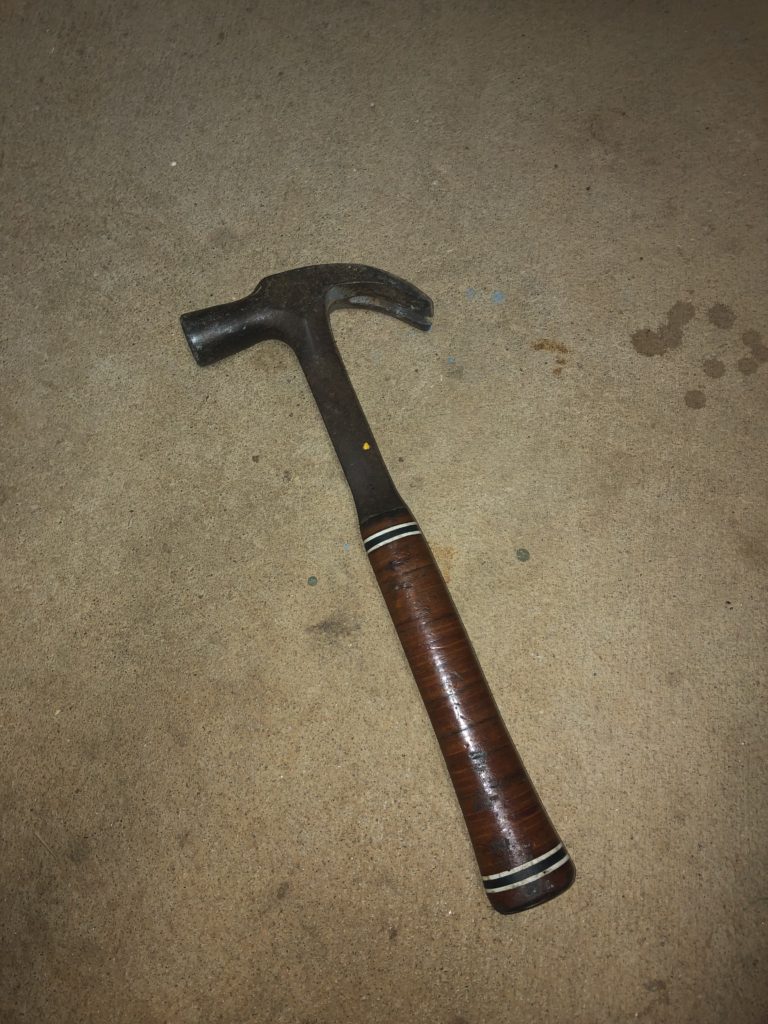
Cross Peen Hammer is a smaller lighter hammer used when driving in smaller nails like brad nails.
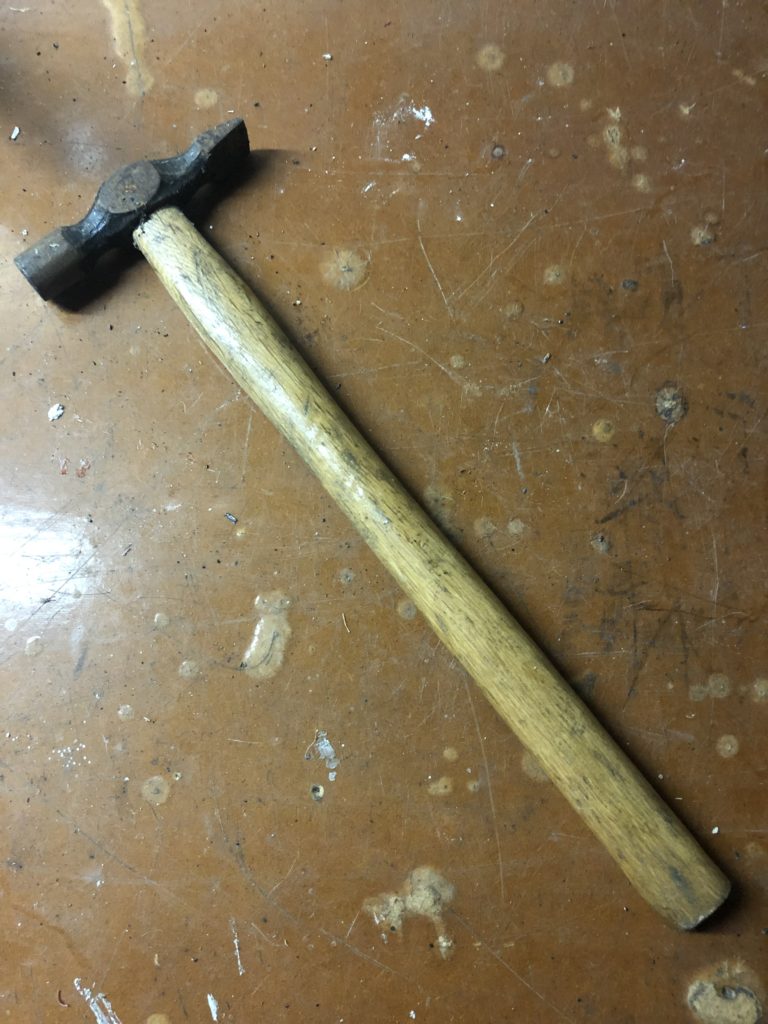
7. Timber (Joiners) Mallet
Timber Mallets are manly used for hitting your chisels when you need a controlled strike. The Mallets are not used for heavier strikes, this is when you would use the Claw Hammer.
The Timber Mallet can be made and could even be the first project that you can do, this would save you some money in the process.
Here is a link on how to make the Timber Mallet I found online. https://www.craftsmanspace.com/free-projects/wooden-mallet-plan.html
8. Drill Bits
Drill bits come in sets and individually. To start off with just buy a basic set of about 8-15 drills ranging from 3mm (1/16) to 12mm (1/2) in size. If you can afford it, the set of about 25 in a case will last you for a long time and you just need to replace the ones that you damage.
A good quality set will allow you to be able to sharpen them when they become blunt, but they can be quite expensive.
Good starting point in the Dewalt 14-Piece Drill Set that can drill into both wood and metal.
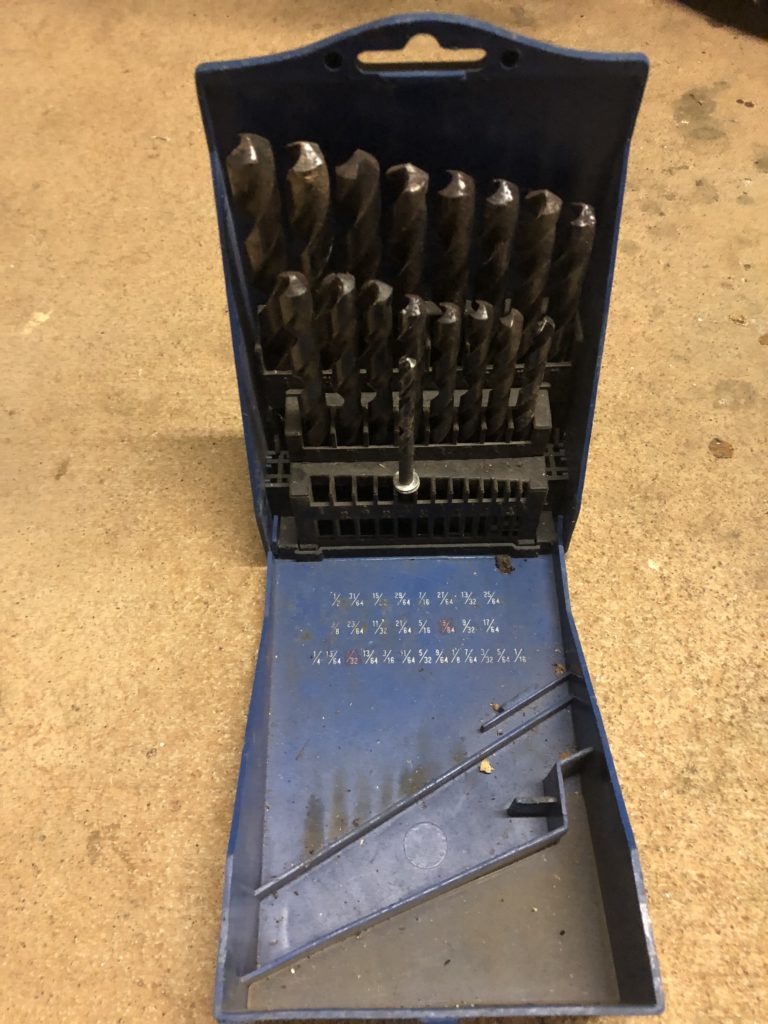
9. Chisels
Chisels are used regularly for different situation. Again, buying the best quality you can afford is ideal, if Chisels are maintained they can last you years. Learning to resharpen Chisels is a great skill to acquire.
Separate to these is a Mortise Chisel, a Mortise Chisel is square in shape and used to cut out the mortise in one piece of timber so it can receive the tenon created on another piece of timber to create and Mortise and Tenon joint.
10. Jack Plane
There are a few different planes, but the Jack Plane, also be called and Bench Plane, can be used cover a lot of the jobs the other planes are designed to do.
11. Block Plane
Smaller than the Jack Plane, the Block Pane, also be called a Hand Plane, is used more for finishing, taking the edge (arris) off the timber, trim the end grain and put chamfers on the boards edge. These planes can also fit neatly into your apron pocket.
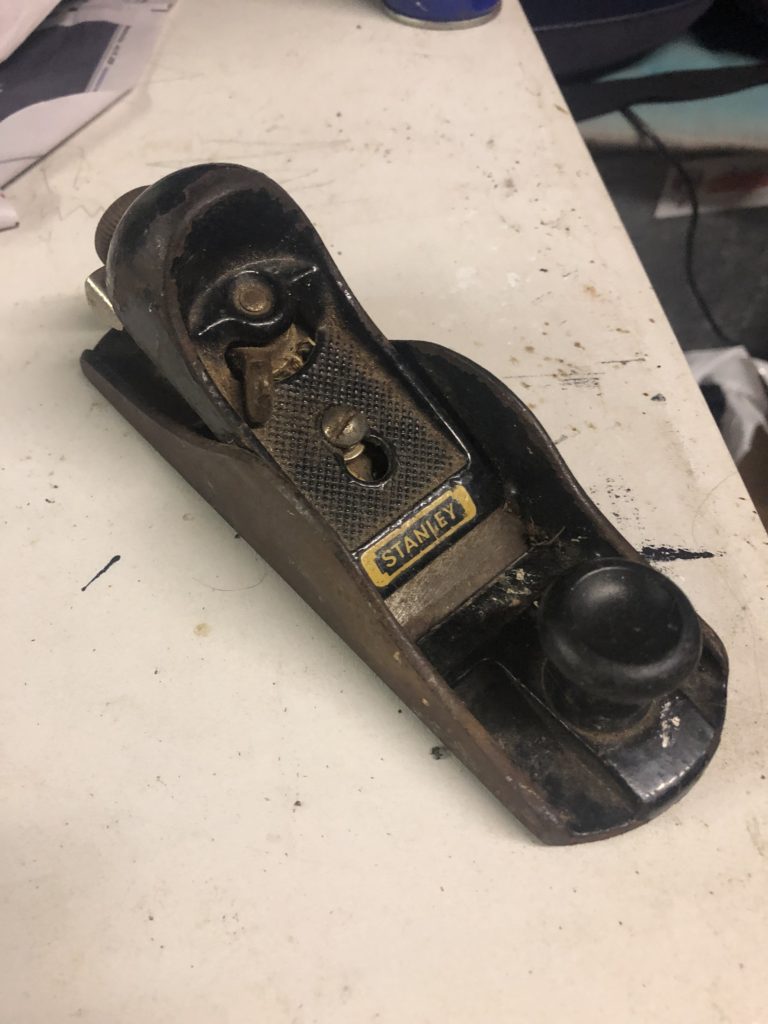
12. Coping Saw
The handy Coping Saw can be used for detailed cutting, particularly curved cuts. It also be used to do rough cuts to then be finished off by another tool like a chisel. Ensure a packet of replacement blades are purchased as well as they can break when forced or twisted during cutting.
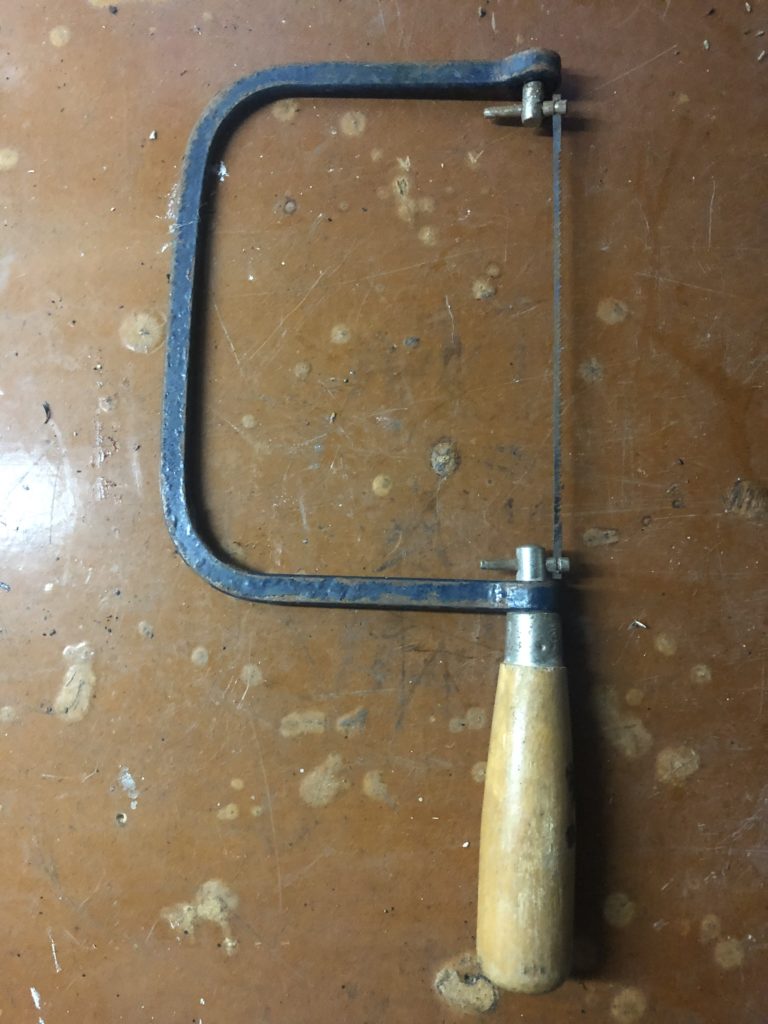
13. Dovetail Saw
Unlike the Coping Saw the Dovetail Saw is designed for straight cutting and for more accurate detailed cutting when creating the dovetail joint. The Dovetail Saw can also be used in place of the larger Back Saw until the need to get one come about.
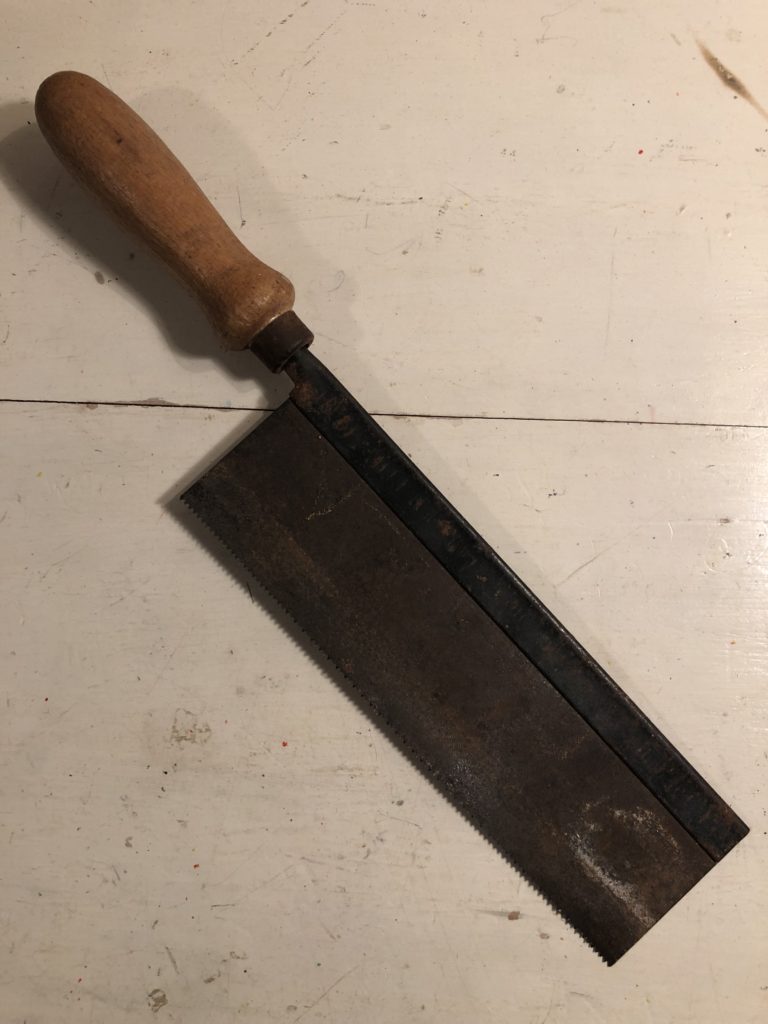
14. Panel Saw
Also known as a Rip or Cross Cut Saw, the Panel Saw is used to cut larger section of timber both along the grain and against the grain.
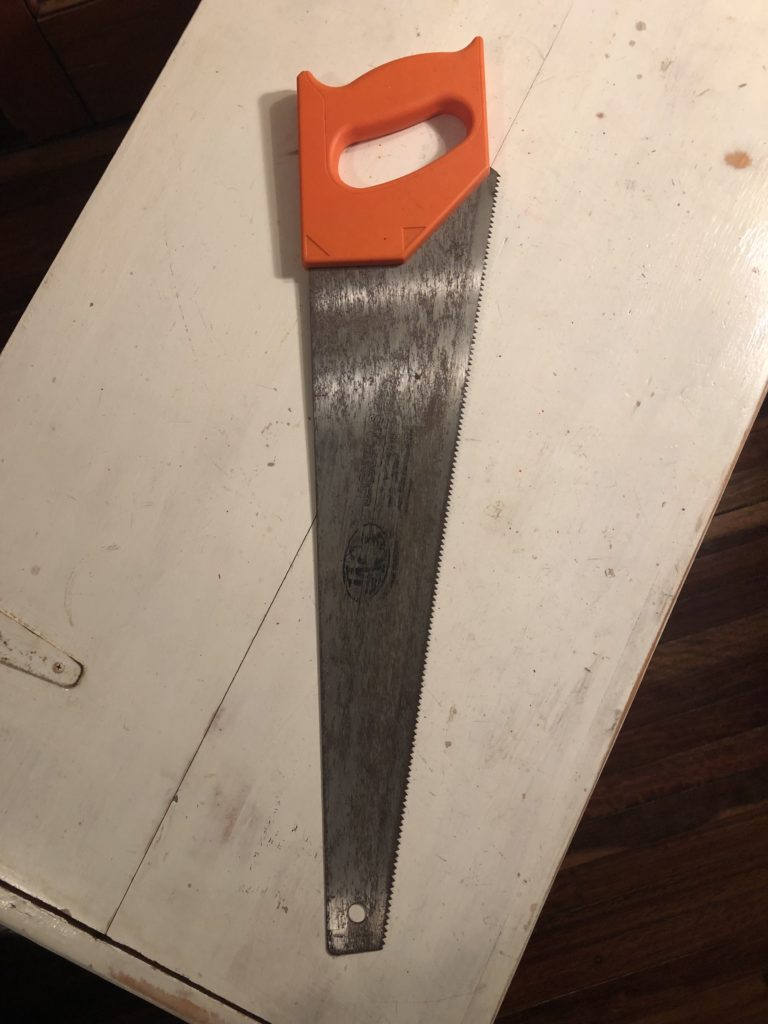
15. Clamps
Clamps have a variety of ways to temporarily hold your timber in place. They enable you to free up both hands during. They come in all shapes and sizes and having a good selection will stop you having to call on someone to come and hold the timber while you go off and make a cup of tea.
Some of the types of clamps include (but not limited to) C-Clamps, G-Clamp, F-Clamp, Quick Release Clever Clamps, Framing Clamps and Long Range Bar or Pipe Clamps.
16. Screw Drivers
It’s nice to have a good Screwdriver Set and handy for projects and maintenance around the house. You can get more control when doing smaller detailed work.
Pre-drilling the timber helps with making it easier when screwing in a screw. An alternate is the Cordless Drill and even better still and Impact Driver Drill for screwing and unscrewing.
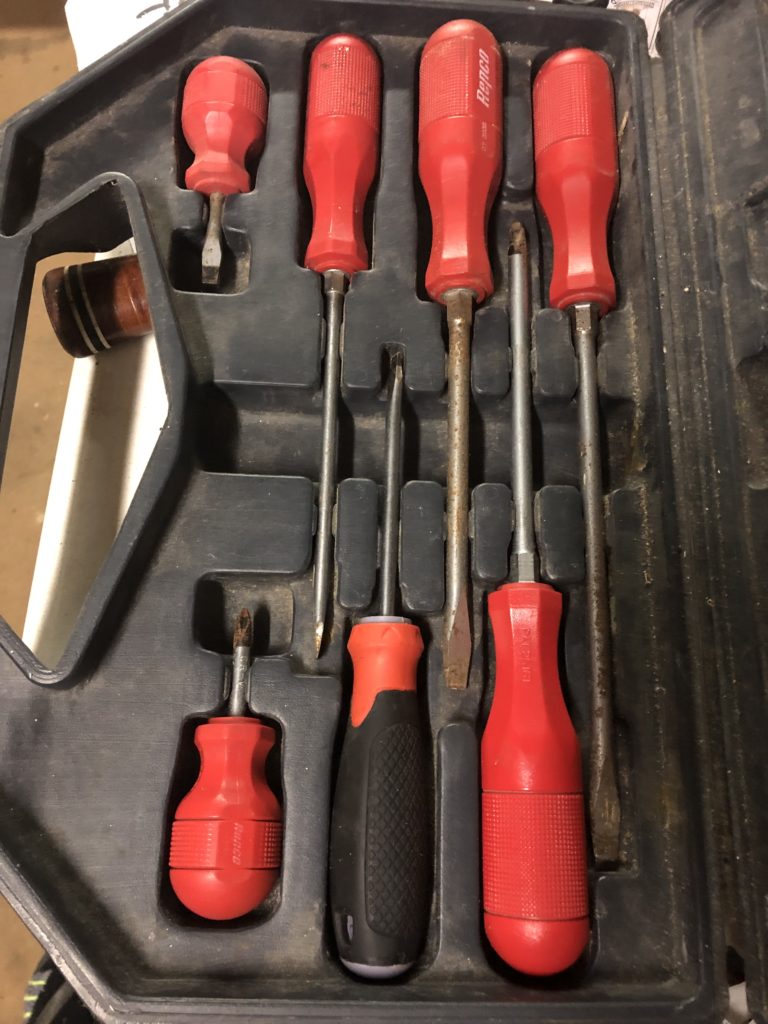
17. Cordless Drill
The Cordless Drill is not only used to drill holes, but can also drive in screws, countersinks and with other handy attachments it can also sand, buff/polish and rasp/file. They come in many varieties and brands. It is worth doing some research and speak to your local hardware so you can get the best Drill.
I highly recommend the Dewalt 20V Cordless Drill Combo below. I have Dewalt cordless drills that have served me well over the years

Final Thought
The tools above are some of the basic tools required to get the woodworking ball rolling and as you progress and find the need you can add additional tools to your collection.
In another article I list the “Top 5 Essential Woodworking Hand Tools for Every Workshop” which I put together after researching and finding out what other woodworkers use in their workshop.
It would also be recommended that you have a stable work surface to work from. This will assist with being able to use the tools and prevent any avoidable accidents.
Head over to my Blog “Where Can I Buy Woodworking Plans?” and you can even get a plan and build, as your first project a Woodworking Bench.
These tools do not have to be expensive, they just need to be functional and can be bought second hand.
I still have my folding rule, drill bits (not all of them) and chisels from when I was 18 years old back in 1994.
If you look after your tools you can have them for a long time, try and buy the best quality you can afford. As you can see by the photos my tools need some TLC which I will be doing over the next few weeks.
Learn More
Best Ways to Learn Woodworking!
7 Best Woodworking Books for Beginners!
Happy shopping and woodworking.
Regards Ben

